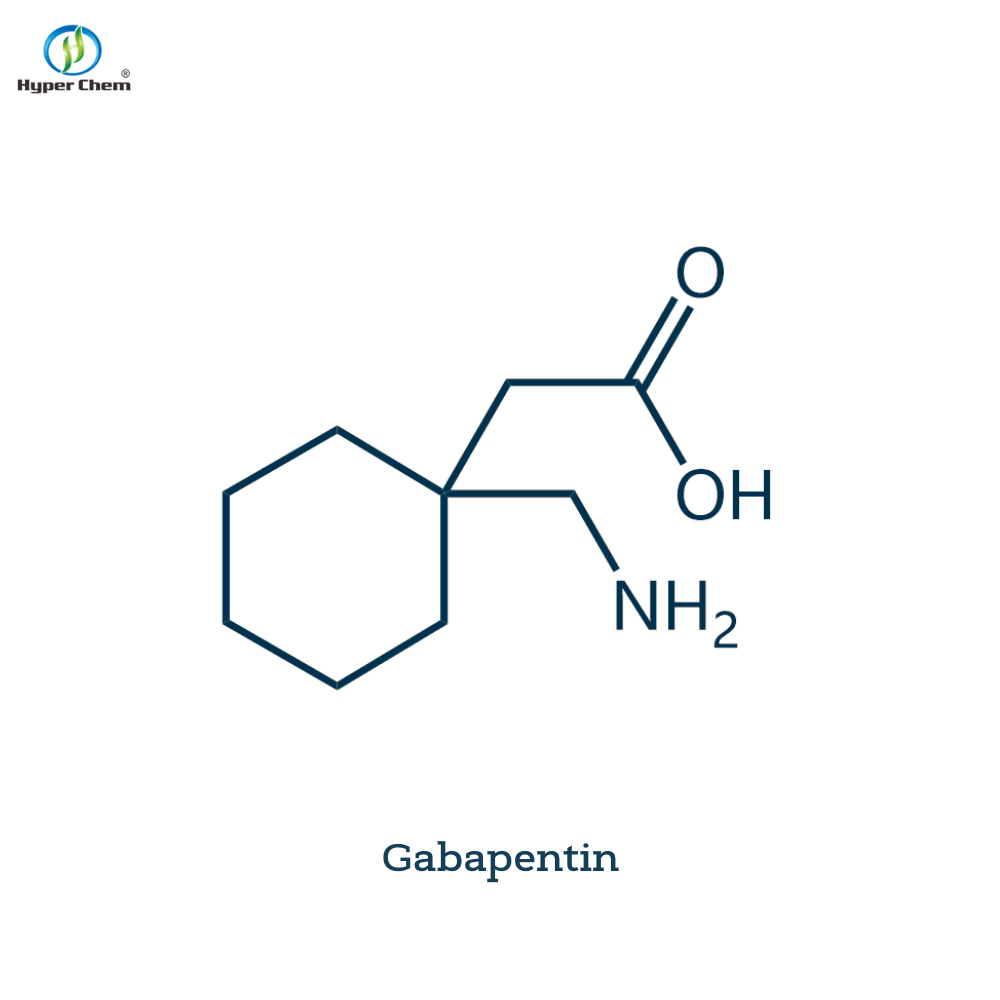-
Categories
-
Pharmaceutical Intermediates
-
Active Pharmaceutical Ingredients
-
Food Additives
- Industrial Coatings
- Agrochemicals
- Dyes and Pigments
- Surfactant
- Flavors and Fragrances
- Chemical Reagents
- Catalyst and Auxiliary
- Natural Products
- Inorganic Chemistry
-
Organic Chemistry
-
Biochemical Engineering
- Analytical Chemistry
-
Cosmetic Ingredient
- Water Treatment Chemical
-
Pharmaceutical Intermediates
Promotion
ECHEMI Mall
Wholesale
Weekly Price
Exhibition
News
-
Trade Service
Cerebral Cortex recently published a research paper online entitled Normative Analytics of Individual Brain Differences On a Population MRI-Based Atlas of Cynomolgus Macaques.
The study was carried out by Wang Zheng, a visiting researcher at the Kunming Institute of Zoology of the Chinese Academy of Sciences and a researcher at the Center for Excellence and Innovation in Brain Science and Intelligent Technology (Neuroscience Research Institute), and collected high-resolution magnetic resonance image data from 162 healthy crab-eating monkeys, produced a map of the crab-eating monkey brain, and established a standardized model that describes the trajectory of the anatomical characteristics of a single macaque's brain with age.
standardized model can be used for reference and comparison of macaque disease model, and promote the realization of individual quantitative statistical analysis.
recent years, gene editing and cloning techniques have been successful in non-human primates, enabling researchers to build more flexible models of macaques with various severe brain diseases.
However, by the long breeding cycle of macaques, behavioral training difficulties, high threshold of animal specialty and expensive and many other factors, the establishment of a single macaque disease model usually requires a lot of financial support, up to several years of experimental cycle, and finally get a model with the relevant behavior esopoly?
such a small sample size (usually in single digits) greatly challenges the use of behavioral, imaging and other technical means to carry out follow-up research on the model, especially at present the vast majority of studies are using case-control experimental design paradigm.
standardized model is a mathematical statistical method used to quantify the deviation of an individual in a large group of normal distributions.
standardized model of the brain anatomy of macaques can reliably quantify and assess the distribution of macaque populations, detect the heterogeneity of individual neuroanatomy, and help understand brain development, aging, and disease.
to build this standard model, it is necessary to obtain a large amount of brain image data of healthy wild macaques.
Wang Zheng team first collected 0.5mm resolution magnetic resonance structure images on 162 healthy crab-eating monkeys aged 2-9 years, created a brain map template for crab-eating monkeys, and verified the accuracy of magnetic resonance image templates by comparing them with traditional SMI-32 histological staining results.
analysis of standardized models found that the average cortical thickness and total gray mass volume of crab-eating monkeys decreased with age, but the increase in white mass volume continued from adm to early adulthood.
The thickness and gray volume of the cortical layer in each brain region of the brain showed their own specific growth patterns at different stages of development, such as the somatic sensory region, pillow lobes, buckled back to the cortical thickness and gray mass volume of other brain regions, while the cortical thickness and gray volume of the frontal and temporal lobes were larger than those of other brain regions.
addition, the thickness and gray volume of the cortical layer decreased with age in most brain regions, but the cortical thickness and gray volume of the inner temporal lobe increased with age.
to quantify the heterogeneity of individual crab-eating monkeys in the population, the researchers used cross-validation to calculate the individual deviation of each individual's cortical thickness from gray mass volume to the standard model.
study found that in this healthy group, the percentage of brain regions with abnormal cortical thickness and gray body activity was very low and did not overlap on different individuals.
this study provides reference data and methods for quantitative analysis of macaque disease models, and helps to study the diagnosis and treatment of human brain diseases using macaque models.
(Bioon.com)







